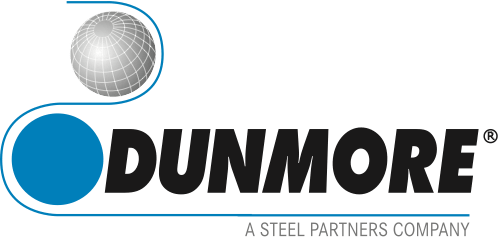Aerospace Dictionary
Aerospace Dictionary
- Absorptance A measure of the rate of decrease in the intensity of light (electromagnetic radiation) as it passes through a given substance.
- Adhesive A substance used to bond 2 substrates as a single unit.
- Angstrom A unit of length (typically of light waves) that is internationally recognized, equal to 0.1 nanometer or 1/10,000,000,000 meters. Written in scientific notation as 1x10-10m.
- Black Kapton An electrically conductive film, precisely loaded with conductive carbon with tightly controlled surface resistivities. Used where high Emittance and Absorption levels are desired.
- Coverlay or Masking Film A low tack film that is applied to critical MLI blanket layers to protect these surfaces during the installation on a spacecraft. This layer is easily removed at any given time.
- CRC A Corrosion Resistant Coating applied as a thin coating on VDA surfaces.
- Desiccant A packaged substance of Silica Beads that are used for drying purposes where moisture is prevalent. It is normally used in the packaging of MLI materials to protect them during shipping and or storage.
- Embossing A method used to promote a rough or raised condition on the surface of a material. Embossing of thin MLI films is normally performed where spacing and weight are critical factors in design. Embossing minimizes contact area between adjacent layers. The raised area allows air to remain between the layers, acting as self spacers in the MLI blanket. Embossed films are also used where diffuse surfaces are desired.
- Emittance A material's total flux in heat energy radiated per unit area.
- FEP Fluoro-ethylene propylene.
- ITO Indium Tin Oxide, a sputtered transparent conductive coating. Typically applied to the outer layer of an MLI blanket where electrostatic charging is critical. The ITO layer ( when grounded properly ) can offer a path of discharge from the surface.
- Lamination The merging of two or more layers of material.
- MLI Multi-Layer Insulation. Various layers (5 to 30) of film, fabric and other materials constructed as a thermal control blanket.
- Outgassing The process of expelling unwanted or harmful substances from a material.
- Perforation The process of punching multiple, regularly spaced, patterned holes in a material. Typically used in MLI blanket inner layers for venting of the blankets on the space craft during the ascent stage of flight.
- PET Polyester or Polyethylene Terephthalate.
- PI Polyimide.
- Porolation A process that punches typically 30,000 pin-prick sized holes per square foot in a material. Typically used on the inner most layers of Reinforced MLI materials.
- Pressure Sensitive Adhesive (PSA) A nominal 2 mils of acrylic adhesive with a removable paper backing.
- PTFE Polytetra fluorinated ethylene. ( Beta Cloth is an example of a coated PTFE product)
- Reflectance The ratio of the total amount of light radiation, reflected by a surface to the total amount of radiation incident on the surface.
- Scrim A fabric laminated to a substrate to enhance its physical properties. Typically used as a tear stop.
- Solar Absorptance Percent of the suns energy that the material / substrate absorbs.
- Sputtering A deposition process which uses ions to dislodge atoms from the surface of a target material.
- Substrate The base layer(s) upon which a process is to be performed, typically a film or fabric.
- Surface Resistivity An electrical resistance measurement for thin conducting layers. (often reported as ohms / square)
- Continuous Temperature The temperature to which a material may be continuously subjected without degradation.
- Intermittent Temperature The temperature to which a material may be intermittently subjected without degradation.
- Thermal Conductivity Ability of a material to conduct heat.
- Transmittance The ratio of the light energy transmitted to the total radiant energy incident.
- VDA Vacuum Deposited Aluminum.
- Vapor Deposition The process where a material, (usually 99.99% pure aluminum ), is deposited in the absence of air. The material condenses onto cooler surfaces including the substrate.
Contact Us for Aerospace Products
Please contact us for more information on our aerospace materials.
